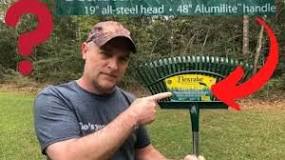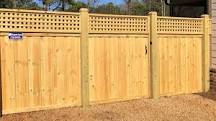When it comes to clearing leaves, the big question is: Is a leaf blower better than raking? The short answer is: It depends on your needs and preferences. Each method has its pros and cons, so let’s dive into the details to help you decide which one suits you best.
The Case for Leaf Blowers
Speed and Efficiency
Leaf blowers are all about getting the job done quickly. If you’ve got a yard full of leaves, a blower can clear them out in no time. You can cover larger areas faster than you ever could with a rake.
Less Physical Strain
Raking can be a workout—especially if you’ve got a lot of trees in your yard. With a leaf blower, you can save your back and arms from that repetitive motion. It’s like having a little helper that does the heavy lifting for you.
Versatility
Leaf blowers aren’t just for leaves! You can use them to clear grass clippings, small debris, or even dust off your driveway. They’re pretty handy for various outdoor tasks.
The Case for Raking
Eco-Friendly Choice
If you’re all about being green, raking is the way to go. No gas or electricity needed—just good old-fashioned elbow grease. Plus, it’s quieter, so you won’t disturb your neighbors or wildlife.
Better for Your Lawn
Raking can be gentler on your lawn. Leaf blowers can sometimes damage grass and soil if used too aggressively. Raking allows you to be more careful and mindful of your yard’s health.
Exercise Benefits
Let’s face it: raking is a workout! If you enjoy getting some exercise while doing yard work, raking might be more appealing. It gets your heart pumping and helps you stay active.
Conclusion
So, is a leaf blower better than raking? It really boils down to what you value more—speed and convenience or eco-friendliness and exercise. If you have a large yard and want to save time, a leaf blower might be your best bet. But if you’re looking to get some fresh air while being kind to the environment, grab that rake!
FAQ
What’s the best type of leaf blower?
The best type depends on your needs! For small yards, a battery-powered blower is great for convenience. For larger areas, consider a gas-powered model for more power.
Can I use a leaf blower on wet leaves?
You can, but it’s trickier! Wet leaves tend to stick together and can be harder to move. If possible, wait until they dry out for easier cleanup.
How loud are leaf blowers?
Most leaf blowers range from 60 to 75 decibels. That’s about as loud as a vacuum cleaner! Always check local noise ordinances before using one early in the morning or late at night.
Are there any safety concerns with leaf blowers?
Absolutely! Always wear eye protection and consider ear protection if you’re using it for long periods. Be mindful of where you’re blowing debris—avoid hitting people or pets!







